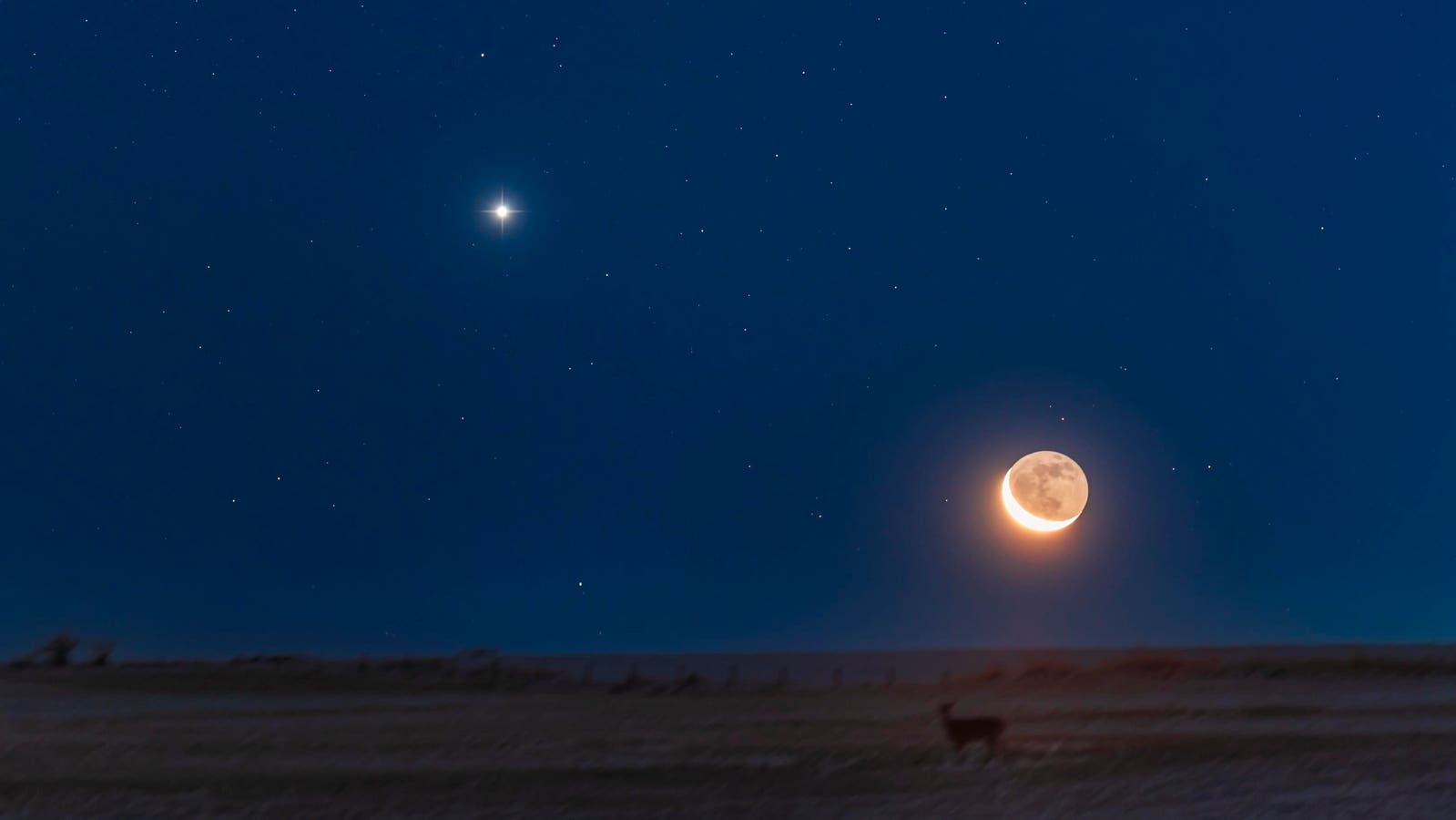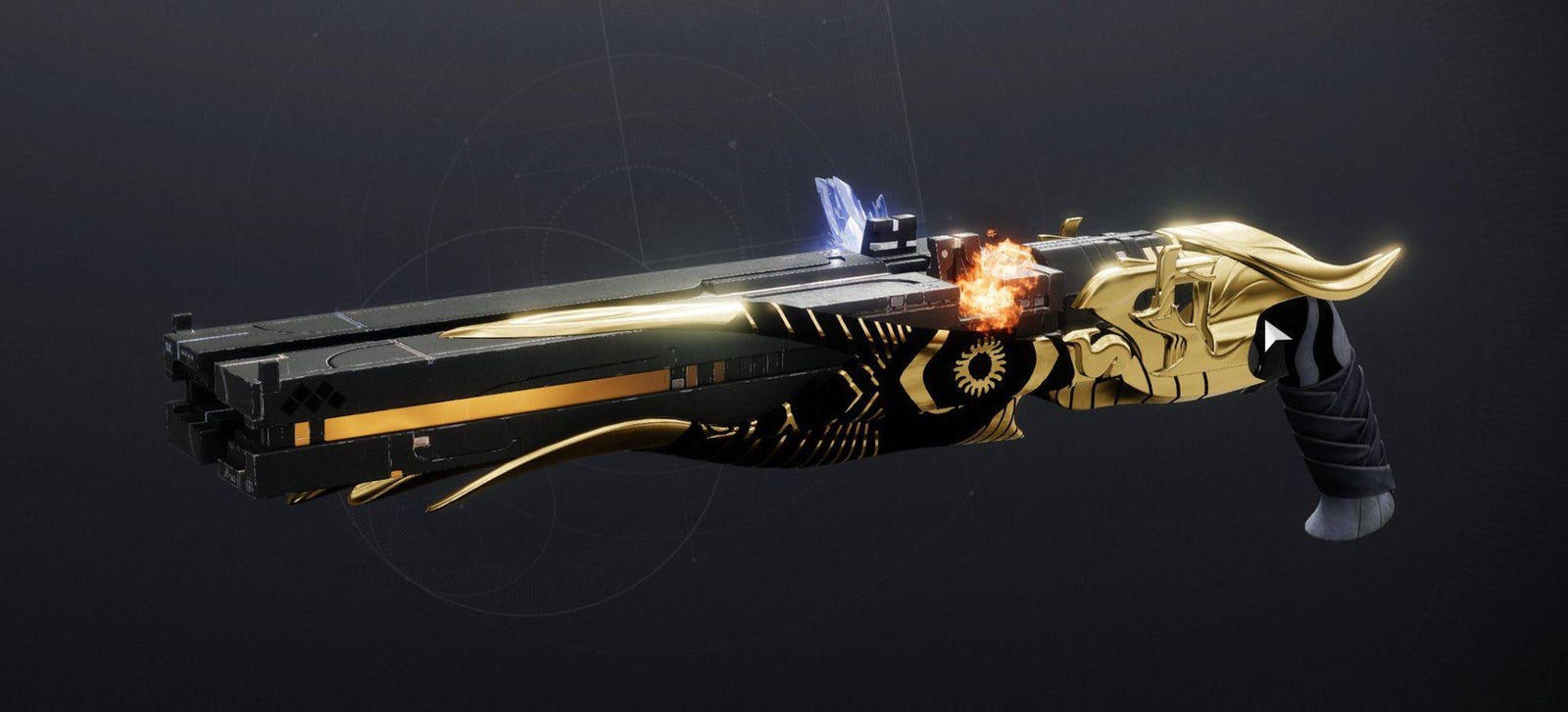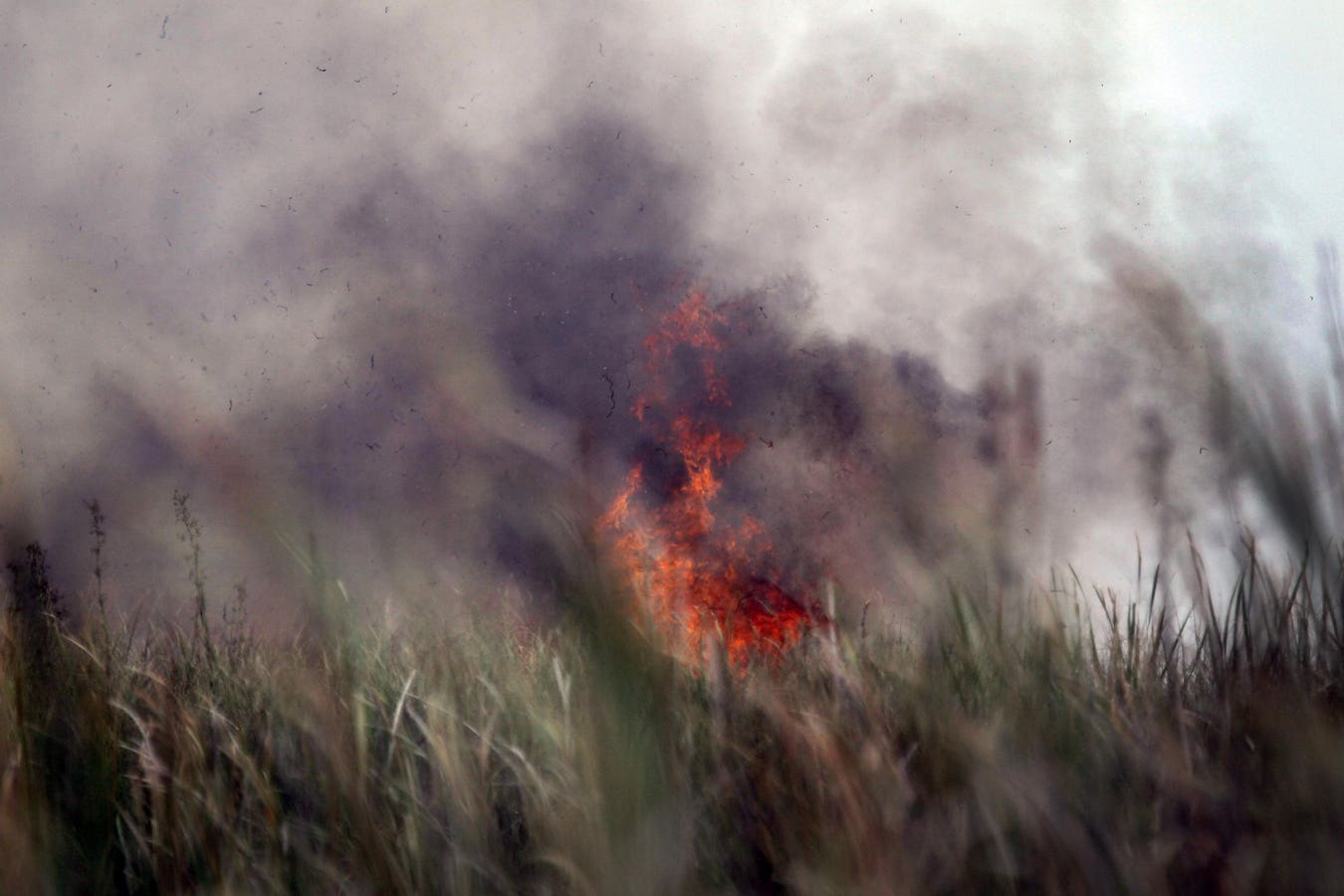An 8%-lit waxing crescent moon —”the new moon in the old moon’s arms” — will be visible in the west just after sunset on Monday, Aug. 25, 2025. (Photo by: Alan Dyer/VWPics/Universal Images Group via Getty Images)
VWPics/Universal Images Group via Getty Images
Moon gazers across the globe will get the chance to catch a fragile lunar crescent in the western twilight sky on Monday, Aug. 25, 2025. Just one day after the razor-thin newborn moon reappears, the waxing crescent will shine 8% illuminated, sitting just below and to the right of Mars. Though the Red Planet is fading in brightness, the pairing will be a rewarding sight for anyone with a clear horizon — and perhaps a pair of binoculars, too.
Where And When To Look
The crescent moon will become visible in the western sky about 30 minutes after sunset. At this very early stage of the lunar cycle, the moon lingers low on the horizon and sets soon after sunset, so observers have less than an hour to enjoy the view before both objects sink into the twilight haze.
Look due west, ideally from an open vantage point without trees, buildings or hills blocking the horizon. The moon will appear as a slim curve of light, hovering just below and slightly to the right of Mars.
An 8%-lit waxing crescent moon —”the new moon in the old moon’s arms” — will be visible in the west just after sunset on Monday, Aug. 25, 2025.
Stellarium
What You’ll See
The moon will be a delicate crescent in the constellation Virgo, its darkened surface faintly lit by “Earthshine,” the sunlight reflected from Earth’s clouds, ice and oceans. Mars, now getting dimmer, will glow faintly just above and to the left of the lunar crescent.
Since it reached opposition on Jan. 16 — its brightest and closest appearance to Earth since 2022 — Mars has been steadily getting fainter as Earth pulls away from it on its faster orbit of the sun. Mars eventually become lost in the sun’s glare by late November. The next opposition — when Mars once again shines brilliantly — will not occur until Feb. 19, 2027.
A 7.4% crescent moon (earthshine) is seen in Calascio, Italy, on January 13th, 2024. (Photo by Lorenzo Di Cola/NurPhoto via Getty Images)
NurPhoto via Getty Images
Observing Tips
Catching the moon and Mars this evening requires a little preparation. Be outside 20–30 minutes after sunset where you are on Monday evening, and begin scanning low along the horizon. A west-facing overlook, beach, or open field offers the best chance. Binoculars will help you locate Mars if it’s faint against the twilight glow, but what they’ll be really useful for is studying the moon, whose entire disk may be faintly visible thanks to “Earthshine.” The ghostly glow looks fabulous in binoculars.
What’s Next in the Night Sky
This pairing is just the start of several beautiful evening arrangements. On Tuesday, Aug. 26, the 14%-lit crescent moon will slide between Mars and Spica, Virgo’s brightest star. By Wednesday, Aug. 27, a 21%-lit crescent will shine next to Spica and Mars, with the brilliant orange star Arcturus directly above.
Wishing you clear skies and wide eyes.









